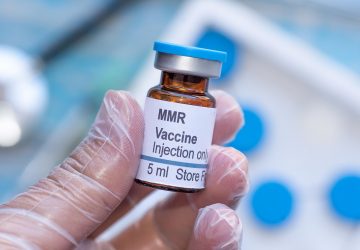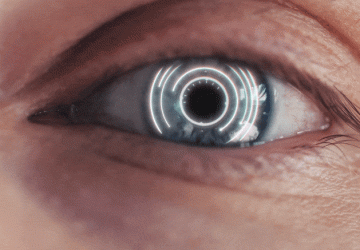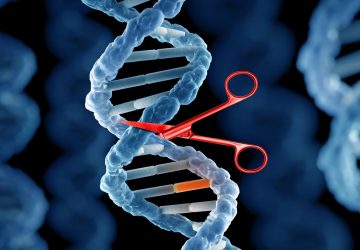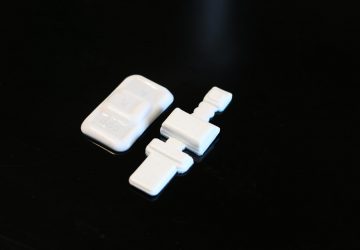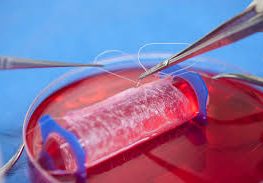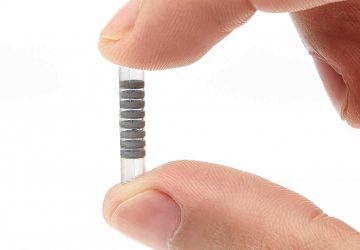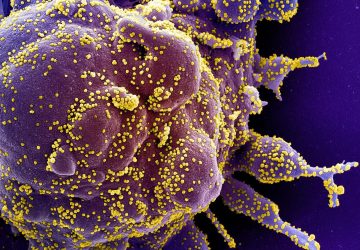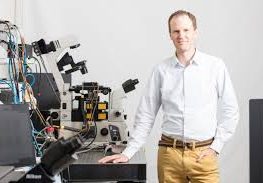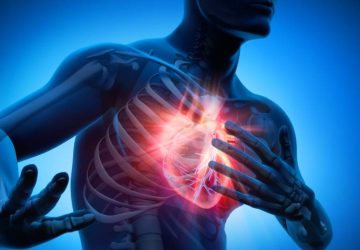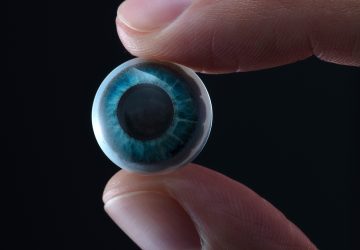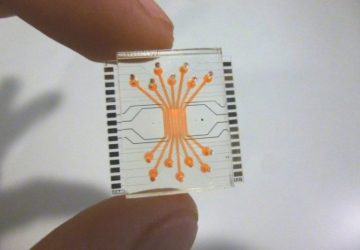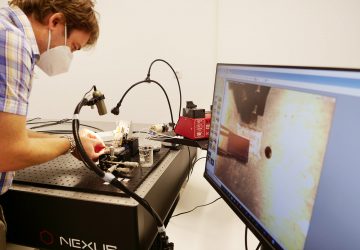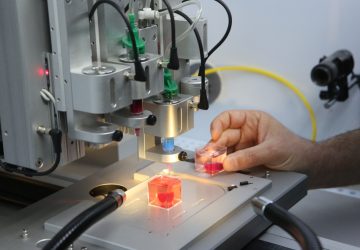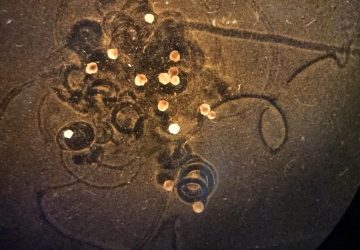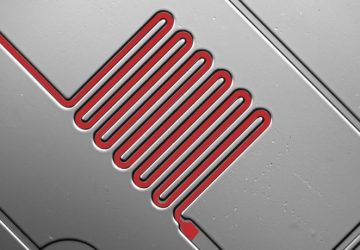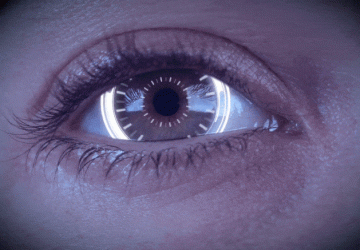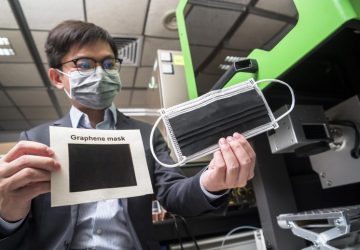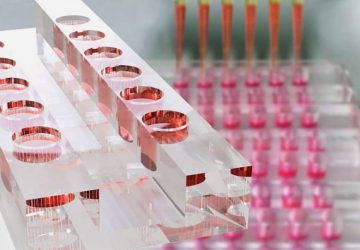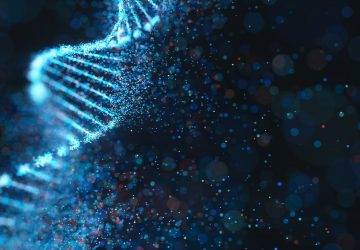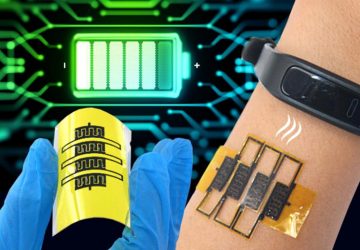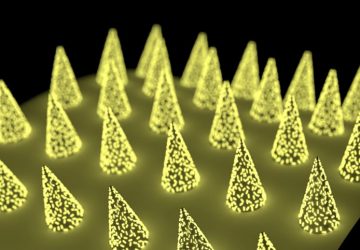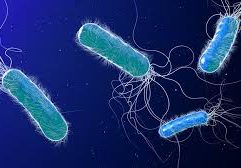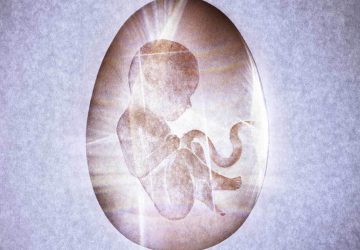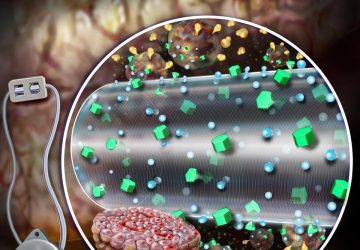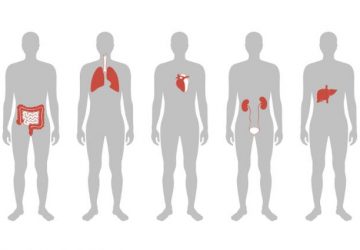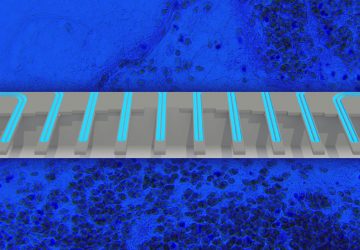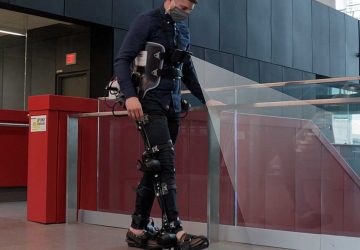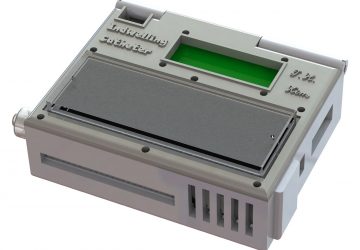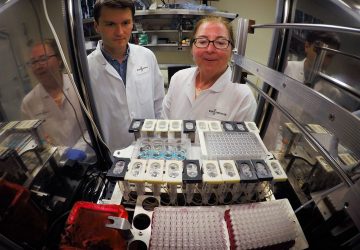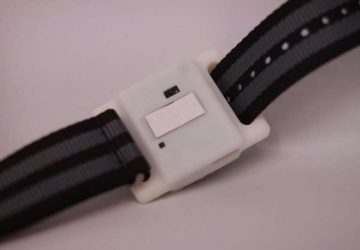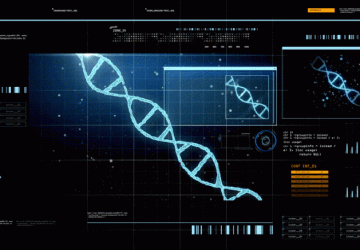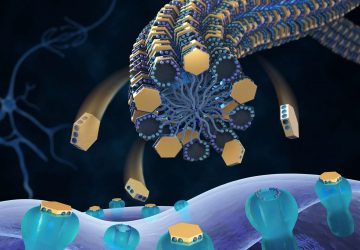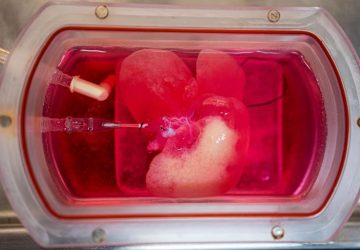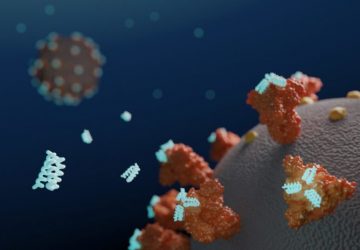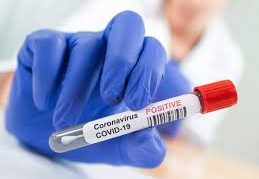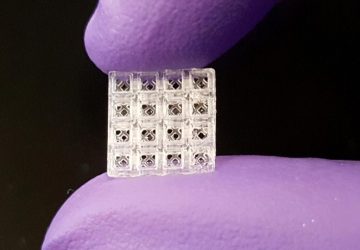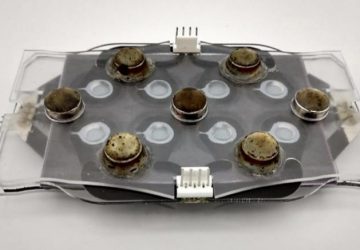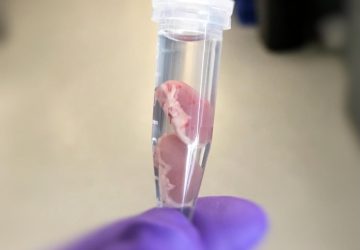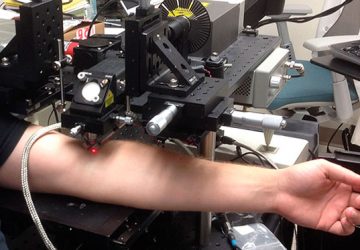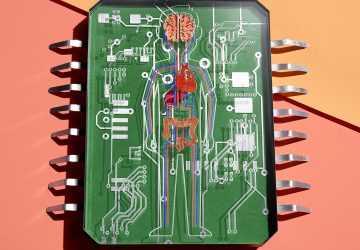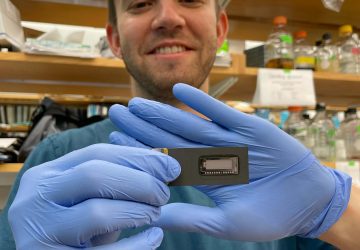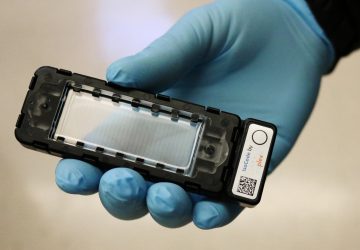Enzymes have clearly defined active sites to allow the substrate molecule to fit intricately. This is often coupled with an enzymatic conformational change prior to the occurrence of the catalysis reaction. For Ago, the catalysis step requires insertion of a “glutamate finger” to form the catalytic plugged-in conformation, which can be stabilized through hydrogen-bonding networks provided by two symmetric positively-charged residues. Figure : The substrate-assisted target DNA cleavage mechanism. (A)…
Read MoreSimplified method makes cell-free protein synthesis more flexible and accessible
Researchers have radically simplified the method for cell-free protein synthesis (CFPS), a technique that could become fundamental to medical research. Synthesizing proteins is essential for multiple types of pharmaceutical and genetic research. For years, proteins could only be synthesized within live cells. CFPS provides the novel ability to biosynthesize proteins in a test tube in a matter of hours without the need for living cells. This process provides a new…
Read MoreThese 3 Electroceuticals Could Help You Heal Faster
Electricity helps the heart beat, the muscles twitch, and the body communicate with the brain. Now scientists are increasingly using electricity to promote healing. Unlike previous inventions that were often quite bulky, new “electroceutical” devices are easier to wear, and some can even biodegrade inside the body. Here are a few designs that could someday aid patients in recovery. Biodegradable Implant Research has found that electric fields can accelerate the…
Read MoreFace-Scanning AI Identifies Rare Genetic Disorders
The photograph is cropped close on the face of four-year-old Yael, who is smiling and looking as healthy as can be. But a computer analysis of her features says something’s not right. She has MR XL Bain Type, the computer predicts—a very rare syndrome that causes a wide range of health problems. It turned out that the computer was right. Yael is one of thousands of children who have contributed to the development of an artificial…
Read MoreStudy examines how compound damaged DNA to understand its connection to cancer
For more than a decade, scientists have worked to understand the connection between colibactin, a compound produced by certain strains of E. coli, and colorectal cancer, but have been hampered by their inability to isolate the compound. So Emily Balskus instead decided to focus on the mess it leaves behind. A Professor of Chemistry and Chemical Biology, Balskus and colleagues are the authors of a new study that seeks to…
Read MoreSleep deprivation linked with DNA damage
Sleep deprivation was associated with DNA damage in a new Anesthesia study. In the observational study on 49 healthy full-time doctors who had their blood analyzed at different time points, on-call doctors who were required to work overnight on-site had lower DNA repair gene expression and more DNA breaks than participants who did not work overnight. In these overnight on-site call doctors, DNA repair gene expression decreased and DNA breaks…
Read MoreScientists discover new blood vessels in bone
Researchers at University Duisburg-Essen, Germany have discovered new blood vessels in the long bones of mice, as well as similar new vessels in human long bones. sciencepics | Shutterstock The vessels, which the scientists have called “trans-cortical vessels” (TCVs), were found to have originate in the bone marrow and traverse cortical bone perpendicularly along the shaft and connect to the periosteal circulation. The finding, which was recently published in the…
Read MoreStem Cell Therapy Patch for Macular Degeneration Sees the Light of Day
New research in the field of age-related macular degeneration (AMD) may be giving stem cell therapy a chance to move into the next level through a clinical trial that may be the first of its kind. The work, published in a paper titled, “Clinical-grade stem cell–derived retinal pigment epithelium patch rescues retinal degeneration in rodents and pigs” was published in Science Translational Medicine on January 16. Using a novel patient-specific…
Read MoreTruncal mutations study suggests new direction in origins of cancer
Cancers most commonly arise because of a series of two to five mutations in different genes that combine to cause a tumor. Evidence from a growing number of experiments focused on truncal mutations–the first mutations in a given sequence–suggests a new direction in understanding the origins of cancer. In a paper published today in Cancer Cell, authors Arnold J. Levine of the Institute for Advanced Study and Nancy A. Jenkins…
Read MoreIntoxication Metabolite Found in Flies Plied with Alcohol
Buzzed flies reveal an indirect path to intoxication. [Scripps Research] At the molecular level, the pathway to drunkenness isn’t a straight line. It swerves toward an intermediate step, one that was overlooked in earlier studies of alcohol anesthesia. According to a new study of alcohol anesthesia from the Scripps Research Institute, ethanol intake causes a “buzzed” sensation when a membrane-bound enzyme produces lipid-alcohol metabolites that bind to and regulate downstream…
Read More
